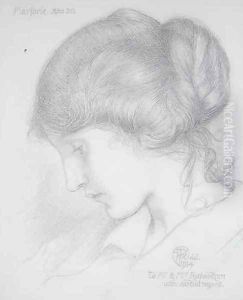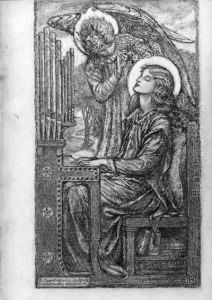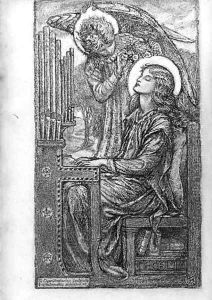Karl Parsons Paintings
Karl Parsons was an English stained glass artist and painter, renowned for his contribution to the Arts and Crafts Movement. Born on January 23, 1884, in Peckham, London, he was part of a generation of artists who sought to revive traditional craftsmanship amidst the industrialization of the late 19th and early 20th centuries.
Initially, Parsons worked as an office boy at the architectural firm of John Dando Sedding, where he developed an interest in stained glass design. His talent was recognized by the firm's chief designer, Christopher Whall, who was a leading figure in the Arts and Crafts Movement and a pioneer in the field of stained glass art. Parsons became Whall's apprentice and, under his mentorship, honed his skills and developed his distinctive style.
Throughout his career, Parsons was known for his exquisite work in stained glass, which often featured intricate detailing, rich colors, and a blend of medieval and Art Nouveau influences. His work can be found in several churches and buildings across the UK, such as St Mary's Church in Bibury and All Saints' Church in Porthcawl. In addition to his glass work, Parsons also painted, although it is his stained glass that has garnered the most recognition.
Parsons, deeply committed to the ethos of the Arts and Crafts Movement, believed in the importance of handcrafted art as a form of resistance against the soullessness of mass-produced goods. He was active in the Art Workers' Guild and the Arts and Crafts Exhibition Society, organizations that played a crucial role in promoting the movement's philosophy and works.
Karl Parsons' career was tragically cut short when he died at the age of 50, on the 12th of December, 1934. Despite his relatively short life, Parsons' contribution to the revival and innovation of stained glass art in Britain was significant, and his works continue to be celebrated for their beauty and craftsmanship.





